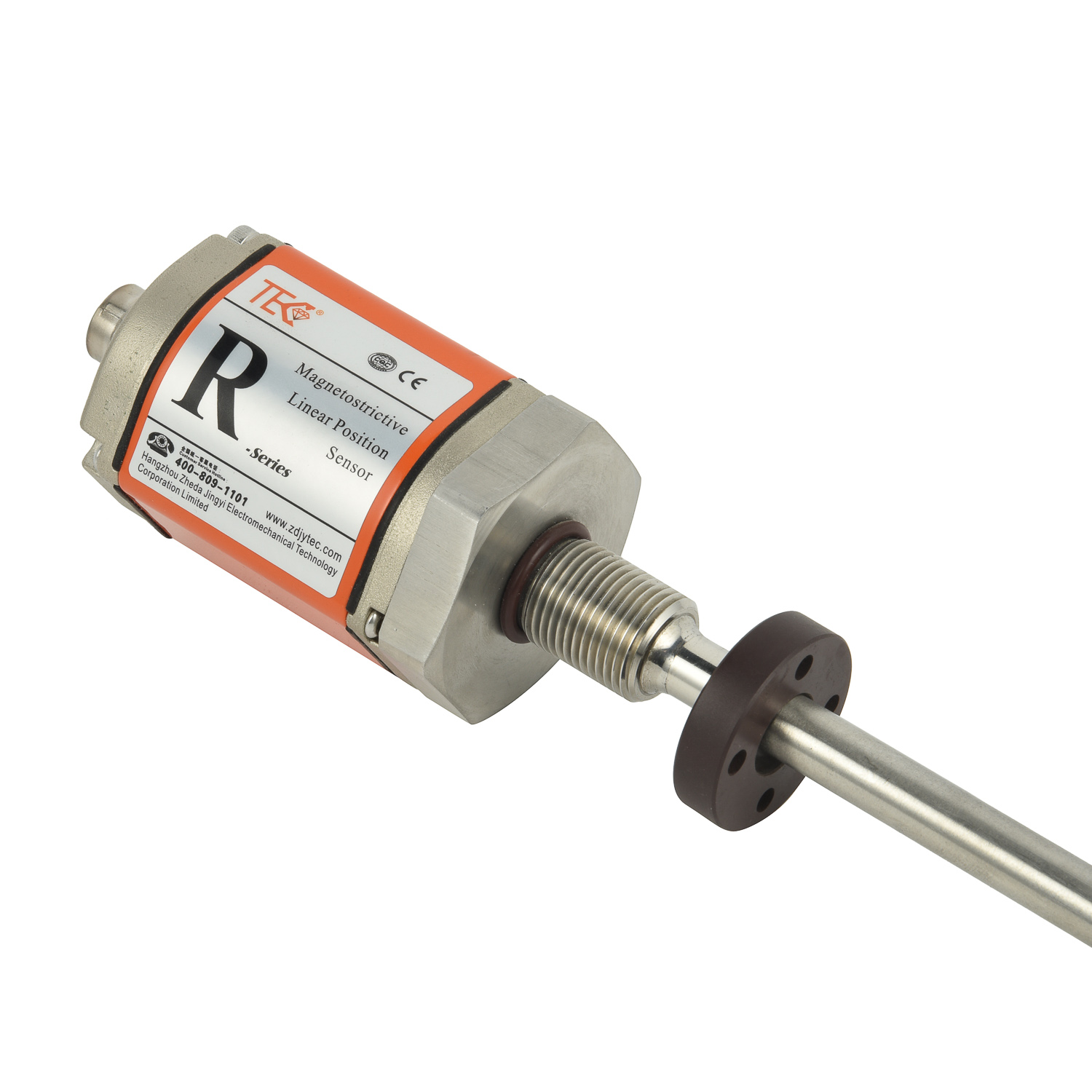What is the vibration resistance of magnetostrictive sensors?
What is vibration resistance in magnetostrictive sensors? This fundamental question addresses the sensor's ability to maintain operational integrity and measurement accuracy when subjected to mechanical vibrations. In industrial environments where heavy machinery generates significant vibrational forces, this characteristic becomes paramount for reliable data collection and system control.
The internal construction of magnetostrictive sensors contributes significantly to their vibration resistance. Unlike optical or capacitive sensors that require delicate internal alignments, magnetostrictive sensors operate through a waveguide tube and torsional strain detection mechanism that inherently withstands vibrational stresses. The absence of fragile components and the use of robust housing materials enable these sensors to perform consistently in challenging conditions.
Industrial testing standards govern vibration resistance specifications. Manufacturers subject magnetostrictive sensors to rigorous testing according to IEC 60068-2-6 standards, which simulate real-world vibration scenarios. These tests verify that sensors can withstand vibrations ranging from 10 Hz to 2000 Hz while maintaining position detection accuracy within specified tolerances, typically exceeding 10g vibration resistance capabilities.
Applications in high-vibration environments demonstrate their practical resilience. Magnetostrictive sensors excel in hydraulic systems, press machines, and mobile equipment where constant shock and vibration would compromise conventional sensors. Their ability to provide accurate position feedback in excavators, injection molding machines, and stamping presses makes them indispensable in these vibration-intensive applications.
Installation considerations further enhance vibration performance. Proper mounting using vibration-dampening brackets and avoiding resonant frequencies through strategic placement significantly improves long-term reliability. Manufacturers often provide specific guidance on mounting configurations that optimize vibration resistance while maintaining measurement precision.
The non-contact measurement principle inherently supports vibration resistance. Since magnetostrictive sensors detect position through magnetic coupling rather than physical contact between components, there are no wearing parts that vibration could displace or damage. This design characteristic ensures consistent performance throughout the sensor's operational lifespan, even in continuously vibrating environments.
Advanced signal processing compensates for vibration-induced errors. Modern magnetostrictive sensors incorporate digital filtering algorithms that distinguish between actual position changes and vibration-induced noise. This electronic compensation, combined with the mechanical robustness, creates a dual-layer protection system that maintains accuracy under dynamic conditions.
Comparison with other sensor technologies reveals distinct advantages. While LVDT sensors might offer high precision, they typically suffer in vibrating environments due to their core mounting requirements. Similarly, potentiometric sensors wear quickly under vibration. Magnetostrictive technology provides the optimal balance of precision, longevity, and vibration resistance for industrial applications.

Maintenance practices ensure continued vibration resistance. Regular inspection of mounting hardware, connection integrity, and sensor body for fatigue signs helps maintain optimal performance. Most high-quality magnetostrictive sensors require minimal maintenance despite operating in harsh vibrational environments, reducing downtime and maintenance costs.
Future developments continue to enhance vibration performance. New materials with better damping characteristics and improved electronic filtering techniques are constantly being developed. These advancements promise even greater vibration resistance capabilities, potentially expanding applications into more extreme environments while maintaining measurement precision.
 UpgradingYourLevelMeasurementS
UpgradingYourLevelMeasurementS
 Why are magnetostrictive level
Why are magnetostrictive level
 ComparingMagnetostrictiveandRa
ComparingMagnetostrictiveandRa
 MagnetostrictiveLevelSensorfor
MagnetostrictiveLevelSensorfor
